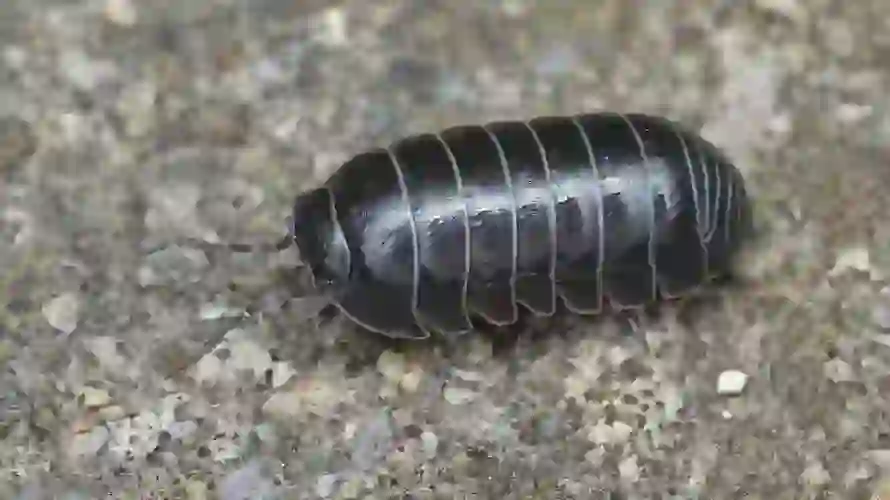
Pill Bug
Pill Bug
Pill Bug
When you think of a pill bug, you probably imagine a creature that curls up into a ball when picked up. It's a fun experience, especially for children who find it easy to catch and play with. Despite being a common creature, not many people know about the pill bug's ecology and characteristics. Let's take a closer look at the pill bug!
Pill Bug Basic Infomation
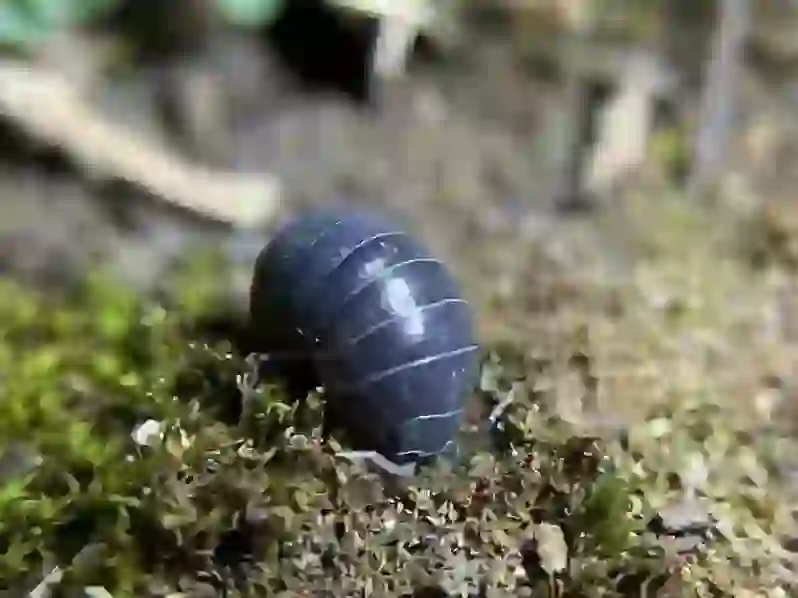
Phylum: Arthropoda, Class: Crustacea, Order: Isopoda, Suborder: Oniscidea
Body length ranges from 0.1 mm to 15 cm, body weight about 0.1 g
The pill bug commonly seen in Japan is of the species 'Armadillidium vulgare'.
Originally from Europe, pill bugs are widely distributed around the world.
They were introduced to Japan in the early Meiji era and are now found in various environments such as gardens, roadsides, under fallen leaves, and under flower pots across the country.
They prefer calcareous soil, so they are also found in areas with concrete.
Pill bugs are not commonly seen in Hokkaido but are not entirely absent.
They are rarely found on uninhabited islands and places not inhabited by humans.
In environments without human habitation, pill bugs are often replaced by other species, likely influenced by factors like soil pH.
These species prefer environments with higher moisture levels in the A₀ layer, while others may prefer environments with lower moisture and higher soil pH.
Pill Bug Q&A

What is the origin of the pill bug's name?
The true name of the pill bug is 'Armadillidium vulgare'. The name 'pill bug' comes from its behavior of curling into a ball when disturbed, resembling a pill. This shape helps protect it from predators.
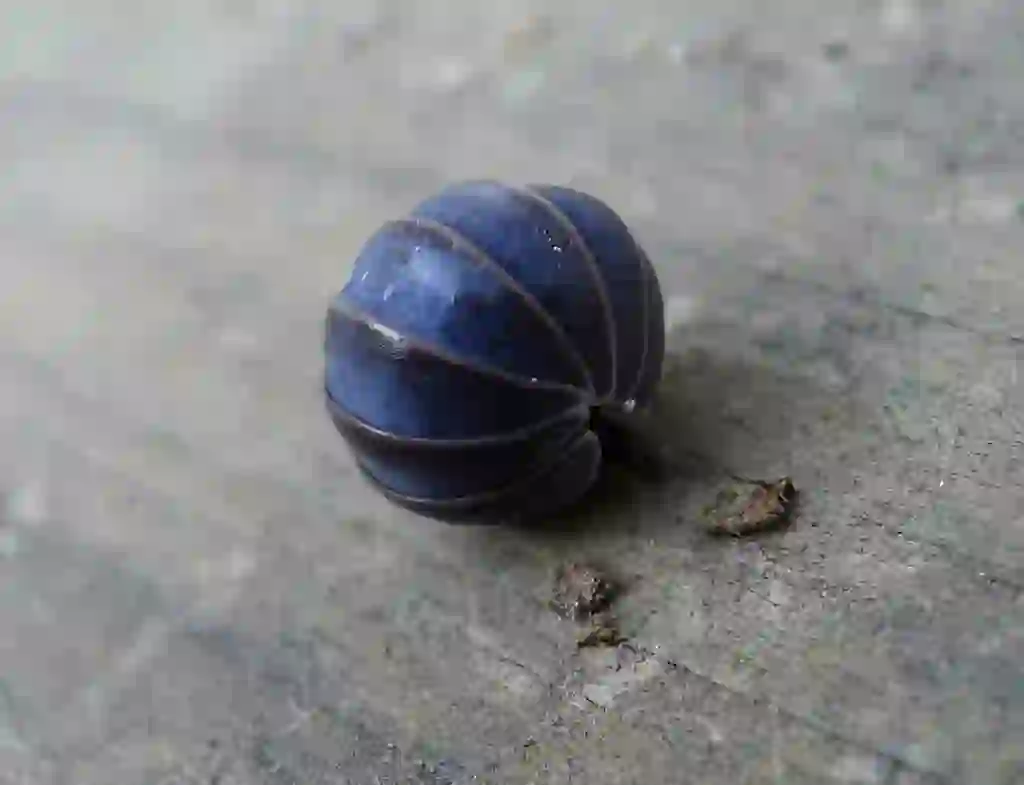
Why does the pill bug live there?
Pill bugs thrive in moist environments such as under fallen leaves, dead grass, and flower pots. Although related to crustaceans like shrimps and crabs, pill bugs have adapted to live on land but still prefer moist environments to prevent drying out.
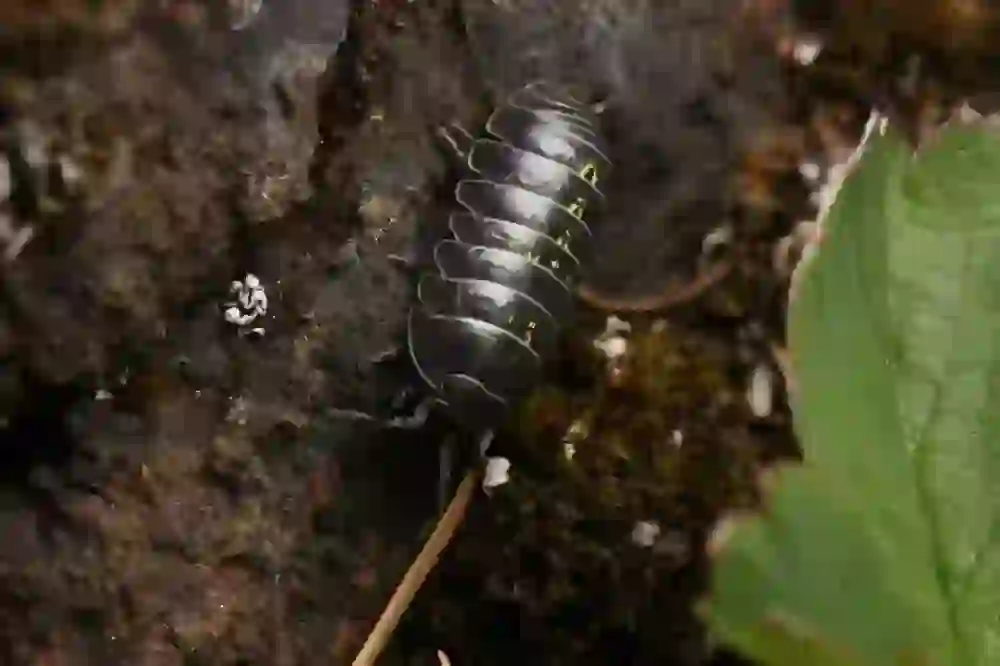
What does the pill bug eat?
Pill bugs feed on decomposing vegetation, dead plant material, vegetables scraps, small dead animals, and feces. They play a significant role in breaking down organic matter, which helps enrich the soil. In captivity, they can also consume fish food and other soft, decaying organic materials.
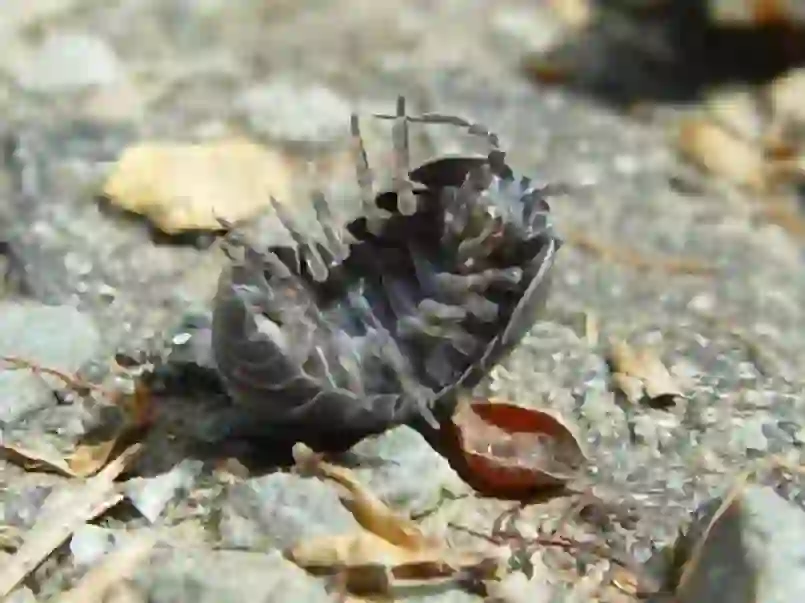
How many segments does a pill bug have?
Pill bugs have bodies divided into 14 segments, which allows them to curl into a ball. There are 12 segments behind the head, each with a pair of legs.

Why do pill bugs curl up?
Pill bugs curl into a ball as a defense mechanism to protect themselves from predators. By curling up, they use their hard outer shells to shield their softer underparts.
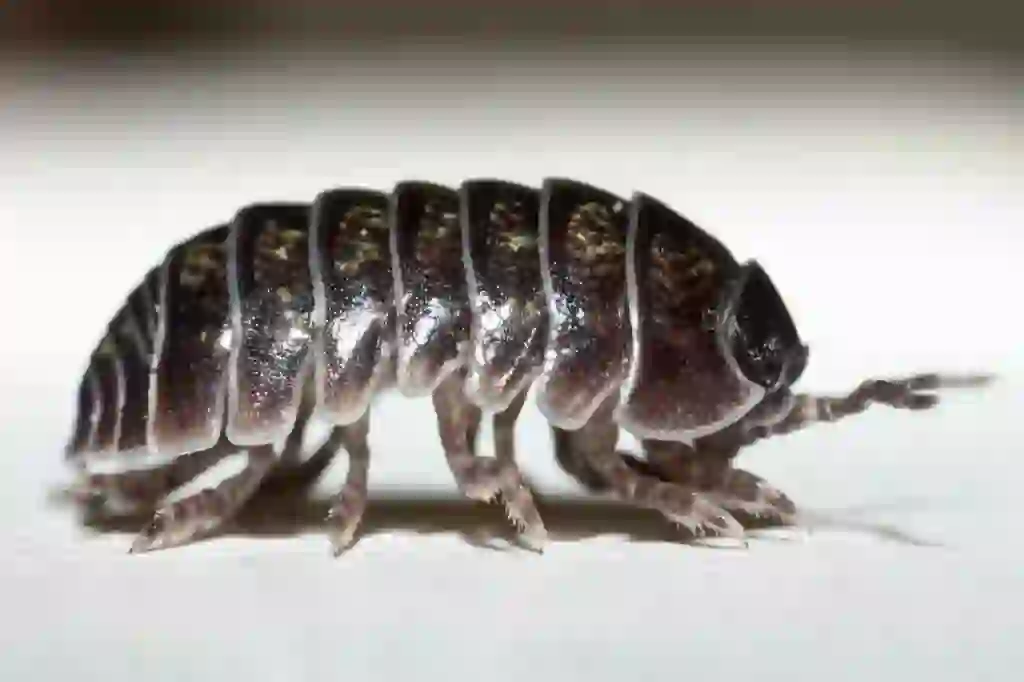
Are pill bugs insects?
Despite being called 'bugs,' pill bugs are not insects. They belong to the crustacean group, related more closely to shrimp and crabs than to insects. Unlike insects, which have six legs, pill bugs have 14 legs.

What are the differences between male and female pill bugs?
Male pill bugs are generally darker and have no patterns, while females are lighter with small yellow patterns. Males have needle-like structures on the underside of their bodies, which are not present in females.

Where do pill bugs lay their eggs?
Female pill bugs lay their eggs in a pouch called a 'marsupium' located on the underside of their body. The eggs remain in the marsupium, where they are protected and nourished until they hatch.

How often do pill bugs molt?
Pill bugs molt in two stages, first shedding the back half of their exoskeleton and then the front. They often eat the old exoskeleton to reclaim lost calcium.
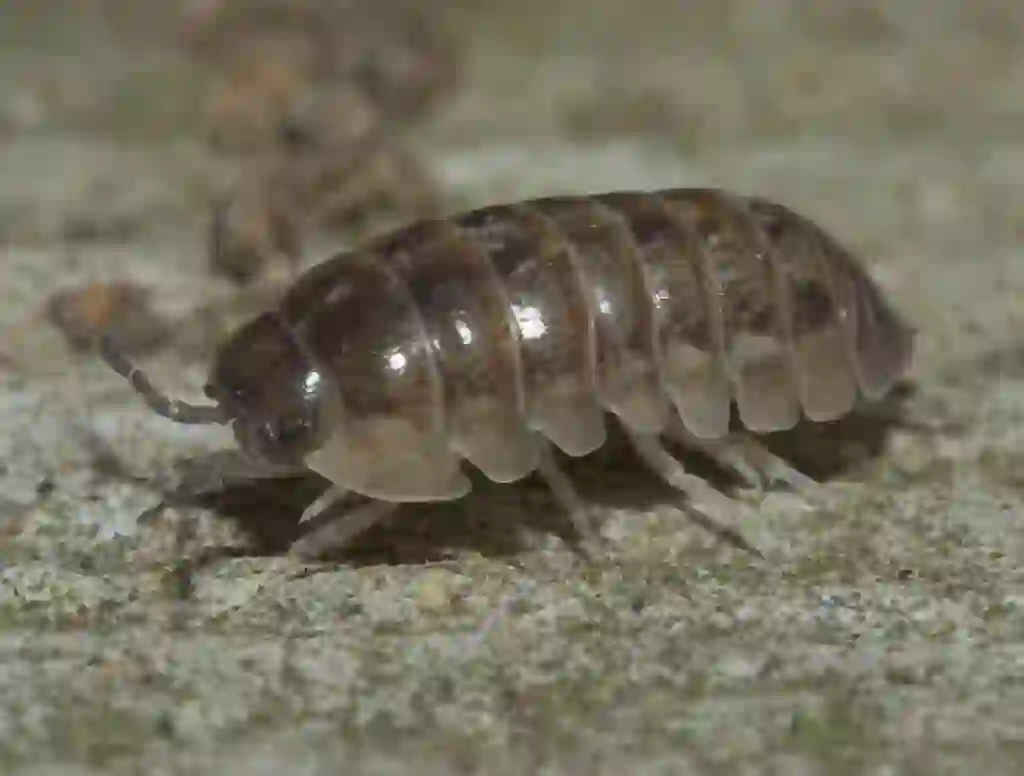
What is the lifespan of a pill bug?
Pill bugs can live for up to 3 to 5 years. They undergo hibernation during cold periods, which helps extend their lifespan.
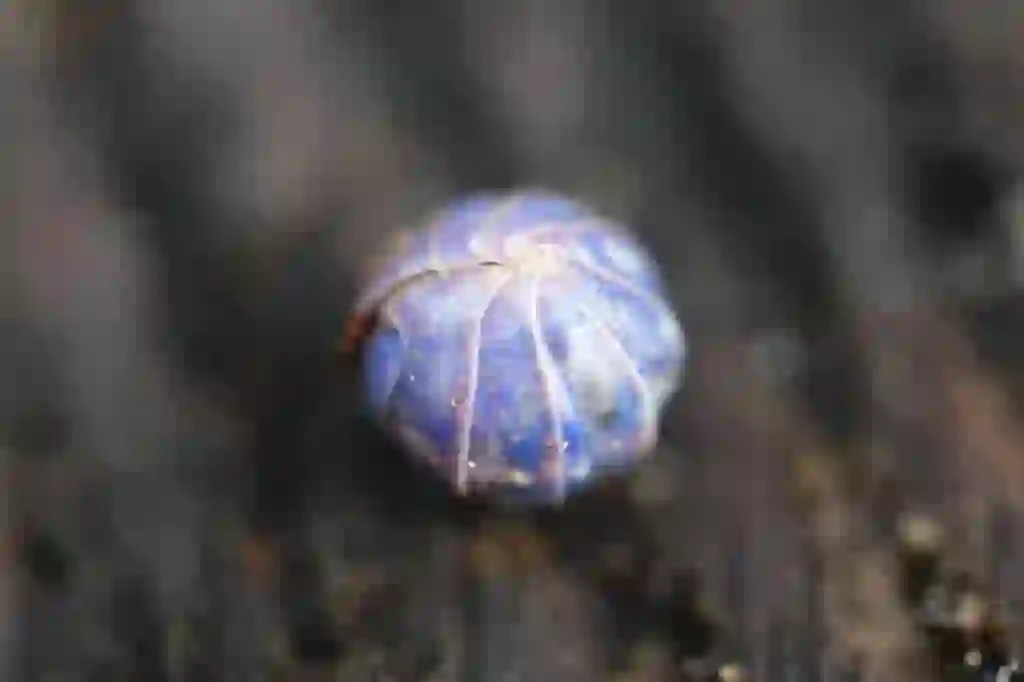
Are there any pill bugs that don't curl up?
Some creatures that resemble pill bugs don't curl up. These are often woodlice, which are related but not the same. They lack the ability to curl into a ball.

Are pill bugs good at climbing?
Pill bugs can climb using their sharp claws to grip surfaces. However, they struggle on smooth surfaces where they can't find a hold.
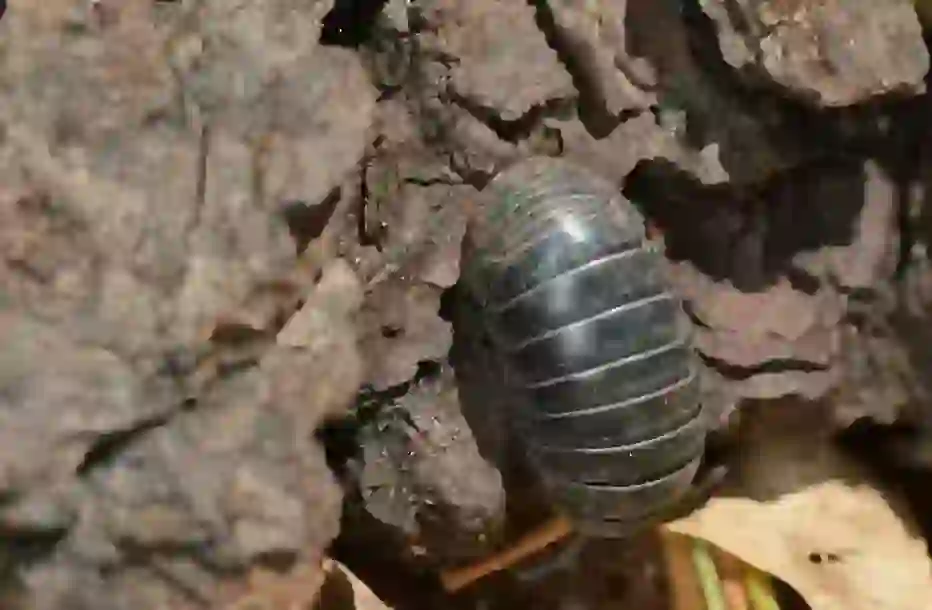
Are pill bugs good at navigating mazes?
Pill bugs have been shown to navigate mazes effectively without prior learning. Their natural tendency to alternate directions when encountering obstacles helps them find their way through simple mazes.

Would you like to become a part of the 'Animalbook.jp'?
Turn your knowledge into Q&A and share it with the world. ※Publication will be activated after purchase. Let's share information together!
Pill Bug Type of List
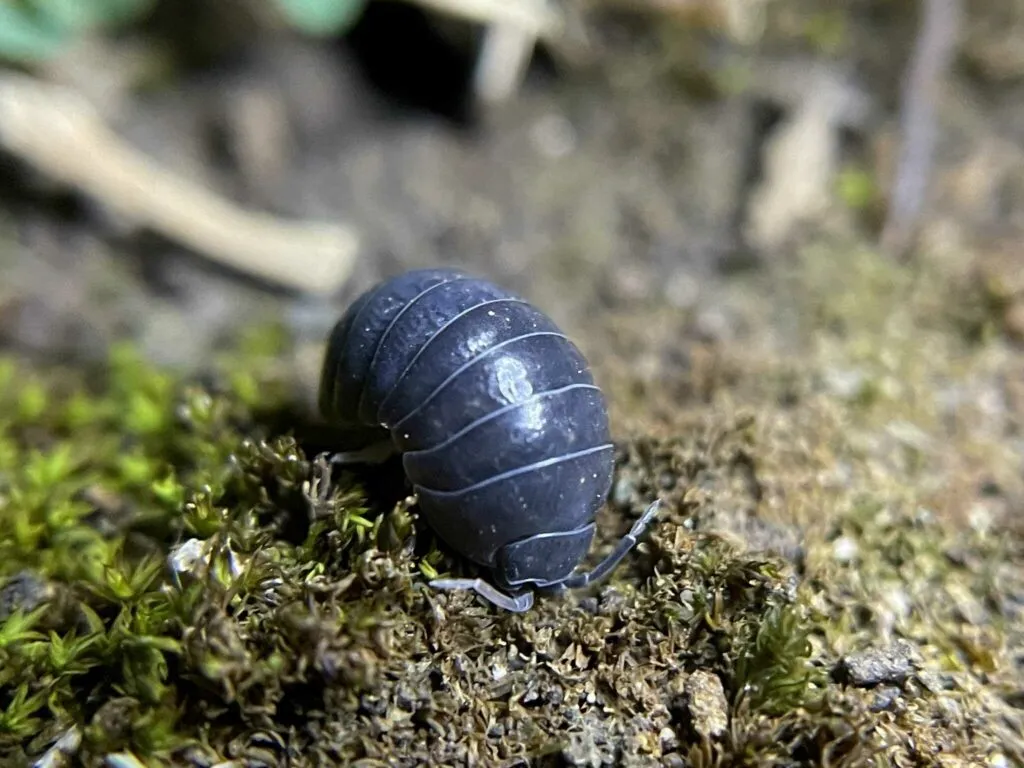
- Common pill bug (Armadillidium vulgare)
- Rough woodlouse (Porcellio scaber)
- Tokyo pill bug (Armadillidium tokioense)
- Beach pill bug (Ligia oceanica)
- Spotted pill bug (Armadillidium pictum)
- Striped pill bug (Armadillidium fasciatum)
- Tropical pill bug (Armadillidium tropicum)
- Fringed tropical pill bug (Armadillidium fimbriatum)
- Zebra pill bug (Armadillidium zebrum)
- Montenegro pill bug (Armadillidium montenegrinum)
Information
Congratulations! You are the first commenter!

Create Your Favorite List!
Pill Bug
Save the animals you love! Build your own list to quickly revisit your favorites later.

Would you like to leave a comment?
※Please note: This is for the purchase of rights to post comments within the article.
Find Your Favorites!
Our shop offers a unique and attractive selection of goods themed around various animals.
Pill Bug References

- ・Wikipedia https://ja.wikipedia.org/wiki/ダンゴムシ
- ・いきもの大図鑑 https://gashapon.jp/dangomushi/zukan/dangomushi.php
- ・いきものずかん https://www.shinko-keirin.co.jp/keirinkan/sho/seikatsu/support/ikimono/spring/07.html
- ・京都市青少年科学センター http://www.edu.city.kyoto.jp/science/online/nature/35/index.html#:~:text=ダンゴムシは名前に「ムシ,一種に分類されます。
- ・ForYoueLIFE https://fumakilla.jp/foryourlife/273#:~:text=丸まった姿がお,に分類されています。
- ・ムシミル https://insect.design/curation/dangomushimatome
- ・ドキドキいっぱい!虫のくらし写真館「ダンゴムシ」2004年4月第一版(株式会社ポプラ社発行)
Pill Bug Introduction of media used

Help Enrich Our Animalbook.jp with Your Media!
We are constantly looking to expand and enrich our Animalbook.jp with amazing photos and videos of animals. If you have any media that you'd like to share, please contribute and help us showcase the beauty and diversity of the animal kingdom. Your submissions will be credited and featured in our encyclopedia, reaching a wide audience of animal lovers.

















